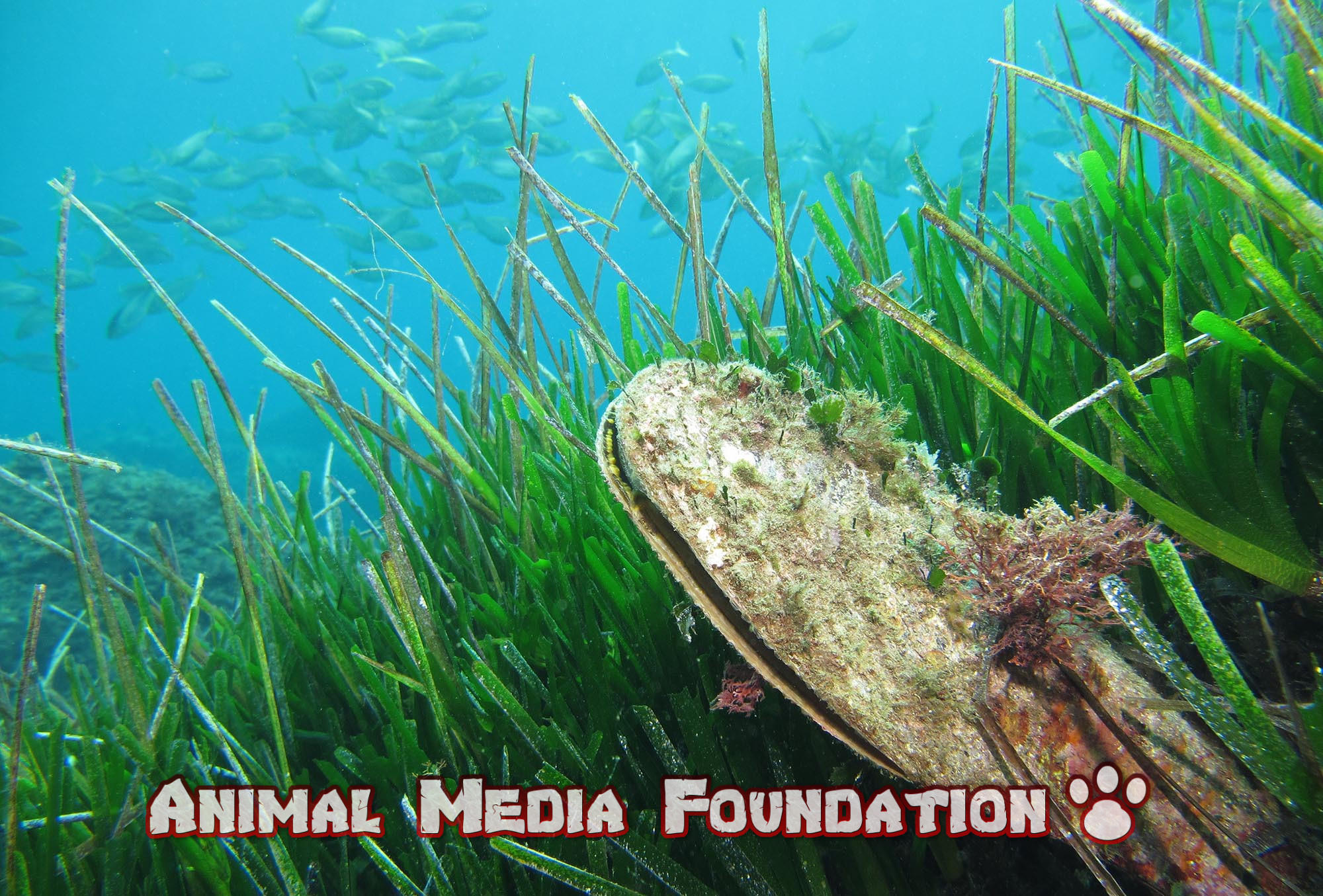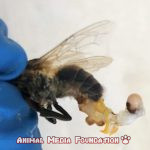The Pinna Nobilis reappears in the sea of Taranto: the iconic mollusk exterminated by mysterious infections.
Live specimens of Pinna Nobilis have been sighted in the Mar Piccolo of Taranto. The species has suffered a meltdown since 2016 and is critically endangered.
Some live specimens of Pinna Nobilis's most enormous bivalve mollusk of the Mediterranean Sea were sighted in the seabed of the Little Sea from Taranto, a coastal lagoon of about twenty square kilometers north of the Apulian city. To photograph and film the animals reported by the Bari section of the Republic were the volunteers of the association "Sea forever" And the men and women of the Port Authority.
This is hugely positive news, given the delicate storage state into which this incredible species pours. It is no coincidence that Pinna Nobilis is classified as in critical danger of extinction (code CR) on the Red List of the International Union for the Conservation of Nature (IUCN), the most authoritative body that deals with the state of health of the biodiversity.
As specified in a press release from the Water Research Institute (IRSA) of the National Research Council (CNR), the threats to which this mollusk is subjected are many, despite the strict protection measures. Among them are "overfishing, habitat degradation (particularly of Posidonia oceanica meadows), damage caused by recreational activities and climate change.""
However, since 2016, the population of Pinna Nobilis has been facing a mysterious and sudden collapse along the Mediterranean coasts of Spain, with mortality of people from80 from 100 percent. The dramatic phenomenon rapidly spread to the rest of Our sea, and in 2018 it also hit the sea in front of Taranto, where a thriving population of these animals lived, also known by the names of Nacchere, mussels penne, or store.
The IRSA wrote that mortality rates close to 100 percent were recorded here. Scientists determined that the mass die-off events were linked to some bacteria infections, especially a protozoan species-specific called Haplosporidium pinnae new species for science.
As explained to Repubblica by the president of the Taranto association Mare per Semper, in 2015, the thriving population of Pinna Nobilis del Mar Piccolo (with thousands of specimens recorded) was described in the scientific study "Recent observations of Pinna Nobilis in the Mar Piccolo basin (Gulf of Taranto, Mediterranean Sea)," published in the specialized scientific journal Mediterranean sea.
Then, in 2016, "the population suffered a serious collapse due to an infection produced by a protozoan and other pathologies still under study," wrote Casale. The discovery of several live specimens in the Apulian basin, where IRSA has been studying the species for many years, is undoubtedly splendid news that bodes well for recovering the iconic and gigantic mollusk.
The Pinna Nobilis has an unmistakable appearance, and its seashell can reach a meter in length, although the average size is about 40 percent smaller. The mollusk can live for twenty years, and it has been known since ancient times for sea silk, thin and robust filaments that allow the animal to anchor itself to the seabed substrate. In ancient times this sturdy organic textile fiber was used to make fine clothing and ornaments, often intended for nobles.




